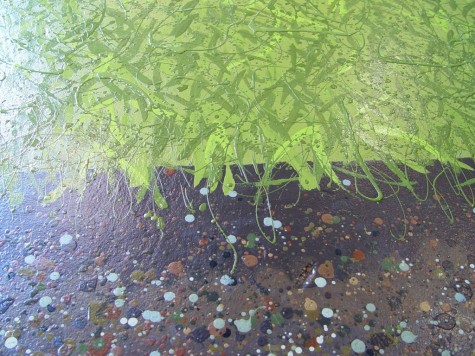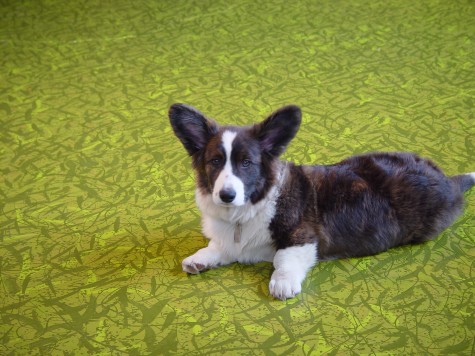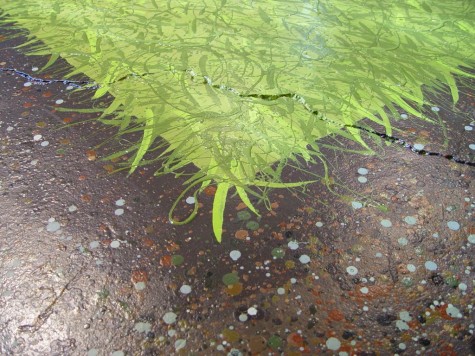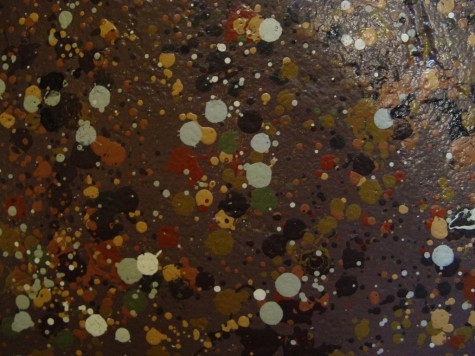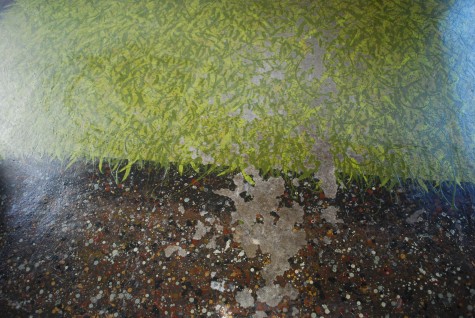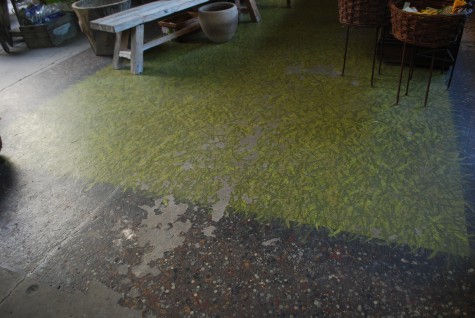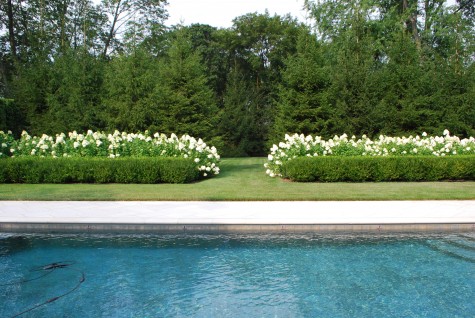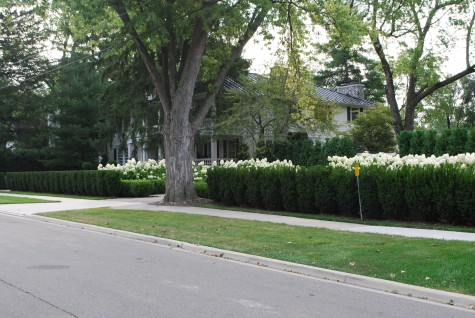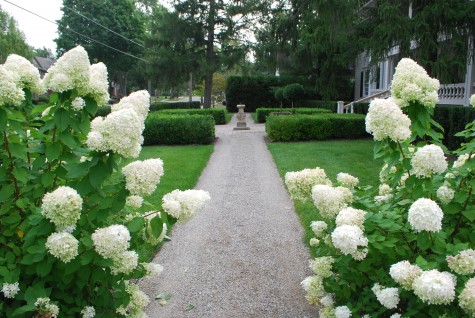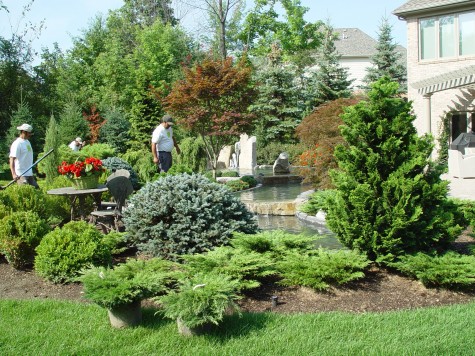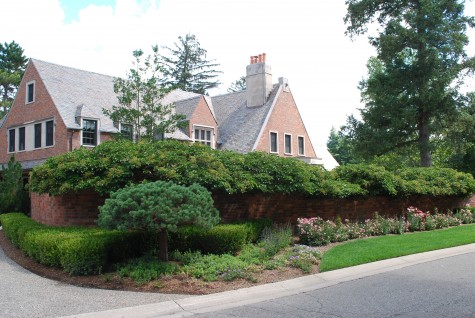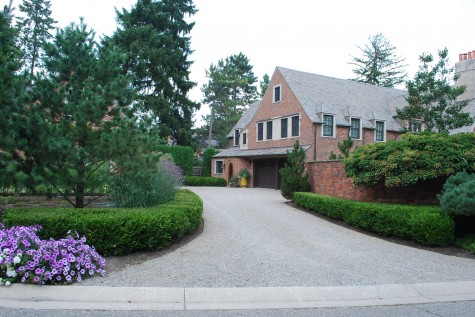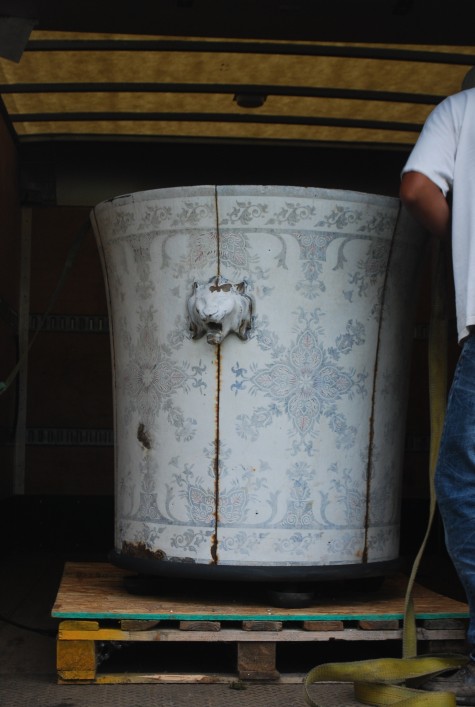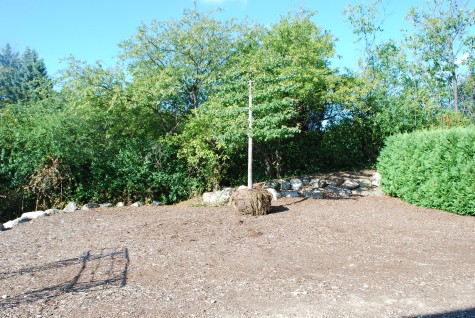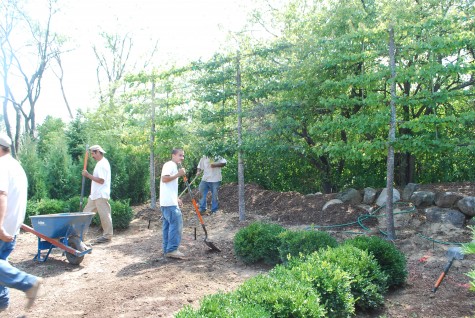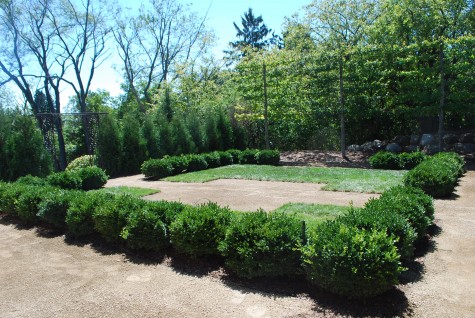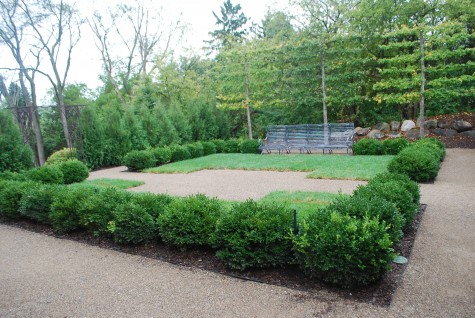I woke up this morning and it was September. The floors in the house were cold; it is 49 degrees. Naturally, I think I smell the beginning of an end. I see a blustery wind broke a giant branch off one of my daturas. 7 flowers and 3 times that many buds went down with it, for pete’s sake. I notice for the first time that my garden looks like it is slowing down. My giant coleus ball by the kitchen door has that deflated look about it. Would I put off September for another 30 days if I could? Though summer’s end is not my idea of a cause for great celebration, it is probably time-so no; I am ready for September. Time to stop looking at that garden- its time to do something about those things that need to be divided, moved, pitched, or added to. September is a great month to work in a garden. Cooler temperatures and more regular rain is a friendly environment in which to plant. Though the air temperatures are cooling, the soil is still warm, and cools off slowly. The roots of plants continue to grow until the ground freezes. In my zone, that date is 4 months away.
I do not really garden in the summer. I maintain what’s there. I pollarded the lilacs, dead headed the roses, and wired up the panic grass after a big wind. I water, and as I am watering, I look at it, and enjoy it. I also sit in it, entertain, contemplate, and live in my garden. The season is changing. September is break out the fork and spade month. I think fall is the best time to plant. Spring in Michigan is unpredictable, inconsistent, and can be amazingly inhospitable. My local nurseries seem to have a good supply of great looking plants in the fall-I think I might do some planting.
I have several perennial gardens that need renovation. I planted them for clients 10 years ago or better. Trees nearby have grown and are casting shade; the too crowded daylilies are not blooming as profusely as they should. Civilized patches of black eyed susans have distressingly burgeoned into oceans of black eyed susans. Some things they really like are not all that long lived, and need to be replanted. Is there a spot for more peonies? The kousa dogwood that has never looked good-September is a good time to make changes.
Should you plant new perennials in the fall, they most likely will look like two year olds next spring. They will look identical to perennials you planted last spring. If you are late to the party, redemption can yet be yours. I like to have new perennials in the ground by the end of September, so there is time for some rooting to take place. Nothing is so discouraging as seeing your perennials with their crowns heaved up out of the ground in the spring.It is a lot of work to buy a plant, bring it home, dig a hole, and plant. It only makes sense to optimize your chances of success. If you are like me, dead plants make you very crabby.
I went out to Wiegand’s Nursery this afternoon. The parking lot was full of people loading all manner of plants into their vehicles. I saw perennials, evergreens, houseplants and shrubs being jammed into trunks and back seats. I saw two kids in the back seat of a car-they both had flats on pansies on their lap. Never mind that look of distaste I could see from 10 feet away-they might decide to garden once they grow up. Some young people were engaging in a heated discussion about something garden related-great. All of these people had the right idea. They know they have September to dig up, divide, rearrange, replace a dead tree, cut a new bed-act on their ideas.
My Mom took me to the American Peony Society Convention at the Kingwood Center in Ohio for my 30th birthday-that would have been 1980. It was my idea of the best 30th birthday present I could imagine. She obliged, and we had the best time. I have a scrapbook of photographs she took. There are a few of me, and one of her-all the rest are of peonies. Each photograph is labelled with the cultivar name, and class. I still refer to it, many years later. I have no memory of where we stayed, what we wore, or what we ate. But I do remember that I was by at least 20 years the youngest attendee. Many growers and exhibitors made a point of telling me they were so happy to see a young person intensely interested in peonies. I so much better understand their concern today than I did 30 years ago. Anyone who loves plants wants to see that they continue to be grown by the next generation. I had that same feeling today- seeing so many people younger than I, buying plants in celebration of the September gardening season.


